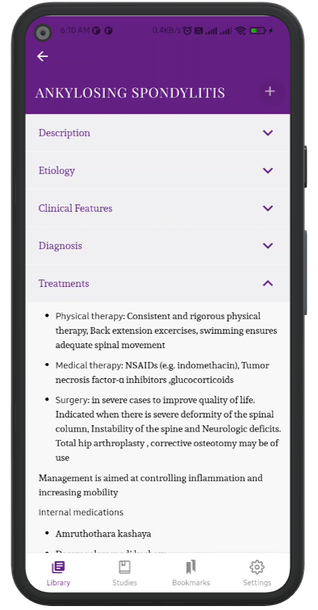GENERALIZED ANXIETY DISORDER
Description
- Anxiety can be conceptualized as a normal and adaptive response to a threat that prepares the organism for flight or fight
- It is normal to feel anxious from time to time. Ongoing anxiety and worry that are difficult to control and interfere with day to day activities may be a sign of GAD
- GAD is a mental disorder characterized by a feeling of worry, anxiety or fear that are strong enough to interfere with daily activities and can occur without any trigger. Worry is a pervasive human experience, often unrealistic and the individual may feel more than what it seems.
- The ratio of women to men is about 2: 1 and lifetime prevalence is 5- 10 per cent. Among anxiety disorder about 25% of the patients have GAD and it is the most common anxiety disorder among the elderly population
Types
- Worry and apprehension – which are difficult to control and more prolonged than the ordinary worries and concerns of healthy people.
- Psychological arousal – which may be evident as irritability, poor concentration, poor memory, and sensitivity to voices
- Muscle tension – that may be experienced as restlessness, trembling, inability to relax, and frontal or occipital headache
- Autonomic hyperactivity – that may be experienced as sweating, palpitation, dry mouth, epigastric discomfort and dizziness.
- Hyperventilation – This may lead to dizziness, tingling in the extremities and feeling of shortness of breath.
- Sleep disturbances – problem-related to begin or to maintain good sleep
- Inability to relax or enjoy, feeling like lumping in the throat etc.
Differential diagnosis
Panic disorder:
- Panic attacks may also occur in GAD. Panic symptoms in GAD are generally precipitated by the uncontrolled escalation of anxiety/ worry rather than occurring spontaneously or acutely in specific situations as in panic disorder.
Depressive disorders
- Individuals with GAD tend to be more concerned with the future; individuals with depressive disorders are more past-oriented.
Mood Disorders
- Mood swings and suicidal ideation are uncommon in GAD.
Social anxiety disorder
- Patients with GAD are usually comfortable in social situations and not particularly disturbed by the evaluation by others
Investigation
- Clinical diagnosis is as per the ICD11 or DSM 5 criteria
- Symptoms should last for a minimum duration of six months
- Hamilton Anxiety Rating Scale (HAM-A) is used to rate the severity
Treatments
- Psychotherapy
- Cognitive Behavioural Therapy (CBT)
- Applied relaxation therapy
Internal Medicines:
- Drakshadi kashaya –mild to moderate severity
- Kalyanakam kashaya / Guduchyadi Kashaya
- Aswagandha choorna + Sankhupushpi + Yashti choorna in Vata Pitta anubhanda
- Aswagandha choorna + Sankhupushpi + vacha choorna in Vata Kapha anubandha
- Manasamitra vataka – for irritation and agitation
- Samana snehapana - Kalyanaka ghrita, Mahakalyanaka ghrita, Mahapaisachika ghrita, Mahatiktaka ghrita, Dhatryadi ghrita
- Somalatha churna – for sleep disturbances
Procedures
- Snehapana followed by virechana - In moderate to severe conditions
- Nasya with ksheerabala 101 or kalyanaka ghrita
- Siropichu with ksheerabala/ Chandanadi taila
- Sirolepa in sleep disturbances, irritation and agitation
- Takradhara and taila dhara - vatapittanubandha & in mild to moderate severity
Department
Manasika Roga

